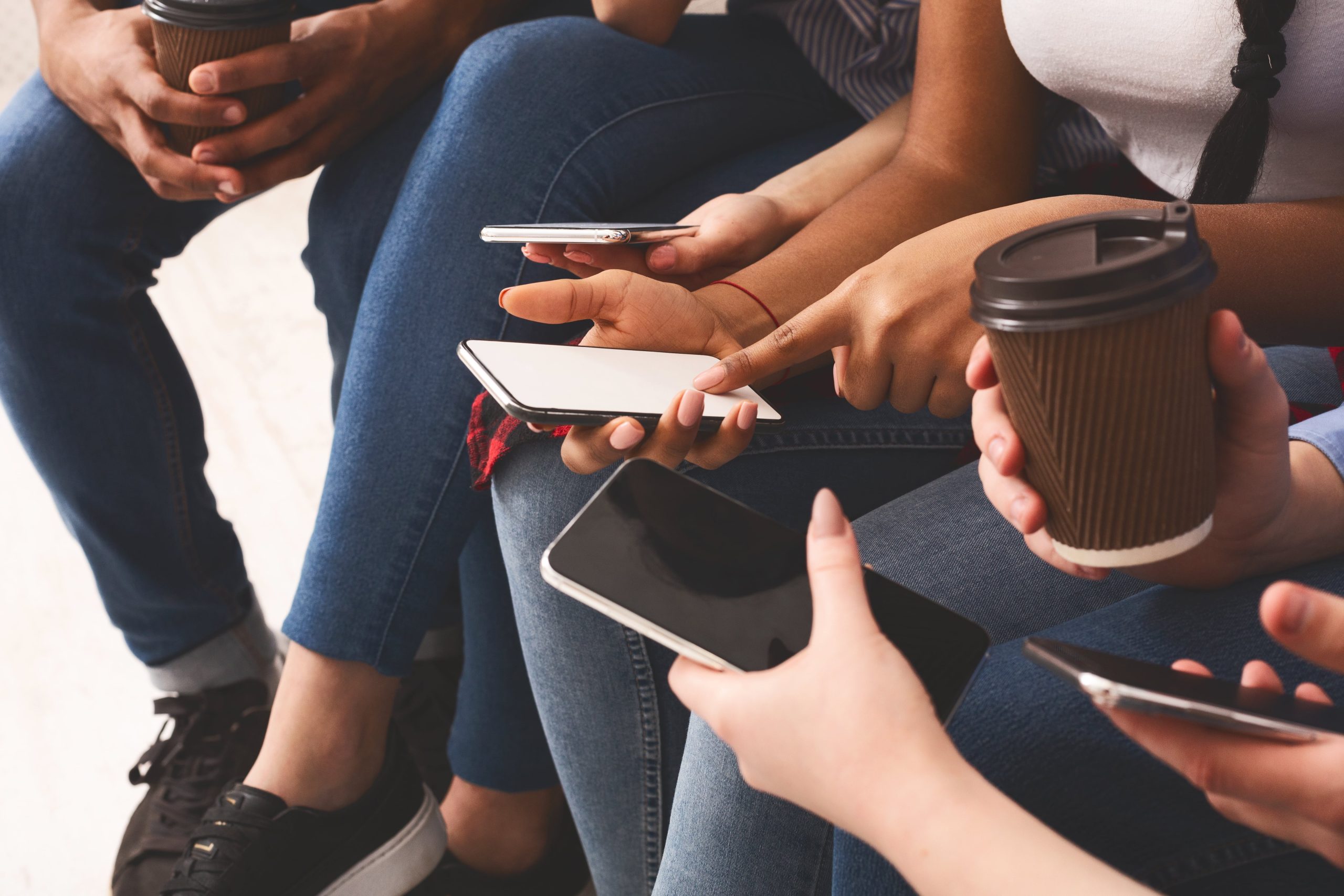Why is Color Psychology Important in Marketing?
We see color as a crucial component in our marketing and web design strategies because color has a very powerful effect on how site visitors react to goods and services on a web page. An effective use of color psychology uses the power of color to communicate the personality of a brand and the services offered. This is based on the perceived appropriateness of the pairing of the service offered and color. However, the appropriateness of a color changes because our personal experiences, gender, culture, nationality and race determine our emotional reaction to color. Knowing the target audience helps find the right color that fits the brand or service.
Investigating Color Psychology in Digital Marketing and Web Design
Taking on a new client requires creating digital marketing and design strategy; color is one of the first topics we begin to tackle. The first question we ask about a brand is what is their personality? If the brand’s personality is clean, modern, and sophisticated then black and white may be a good color choice. We also gauge the feeling and imagery that a brand constructs to persuade consumers. Does the brand feel exciting? Then perhaps red is a good color to pair with the clean, modern, sophistication black and white brings. Without proper investigation then choosing one color over another is just an arbitrary decision because there is no context on why red will substantially make people more interested in a brand over blue.
The second question we investigate is who is the target audience for the brand or service? Demographics have substantial weight in determining what color is most appropriate. By knowing the target audience, behavior can be influenced through color. For example, men and women respond to colors differently. According to studies done on color and demographics, blue is heavily favored by both genders however it is substantially more popular with men at 57% than women at 35%. Purple was well liked by women at 23% compared to being considered one of the least liked colors by 22% of men. Also preferences for color vibrancy and hues differ men prefer bold, vibrant colors, and women prefer colors on the softer side. With this knowledge in mind, choosing a pastel tint of purple to market a service to a male audience would not be using effective color psychology.
Applying Color Psychology in Digital Marketing and Web Design
Color is ubiquitous and it has to fit the brand, service, audience and purpose to be used successfully. A proper use of color theory can influence how a customer engages and interacts with a site. For example, clicking on a call to action button or filling out a sign up form.
An effective use of color theory would be selecting 2-3 simple colors for content because the more colors that are used the more customers will have to interpret the meanings of these extra colors. When choosing 2-3 colors we make sure to select 1-2 contrasting colors as accents. An easy way of ensuring this is by choosing complimentary colors. Complimentary colors are colors that are on opposite ends of the color wheel.
The final step in applying color psychology is testing the color combinations on the target audience. We track the conversions different color combinations give us to determine the best placement of objects, content, and how the colors contrast to draw the eye around the page.
Color psychology is a deep and enriching area study for strengthening design and marketing. Knowing the right colors to use for the right purpose, right audience, and at the right moment is key to successful digital marketing. Just like in the physical world color guides us online and gives us context in an online space.


